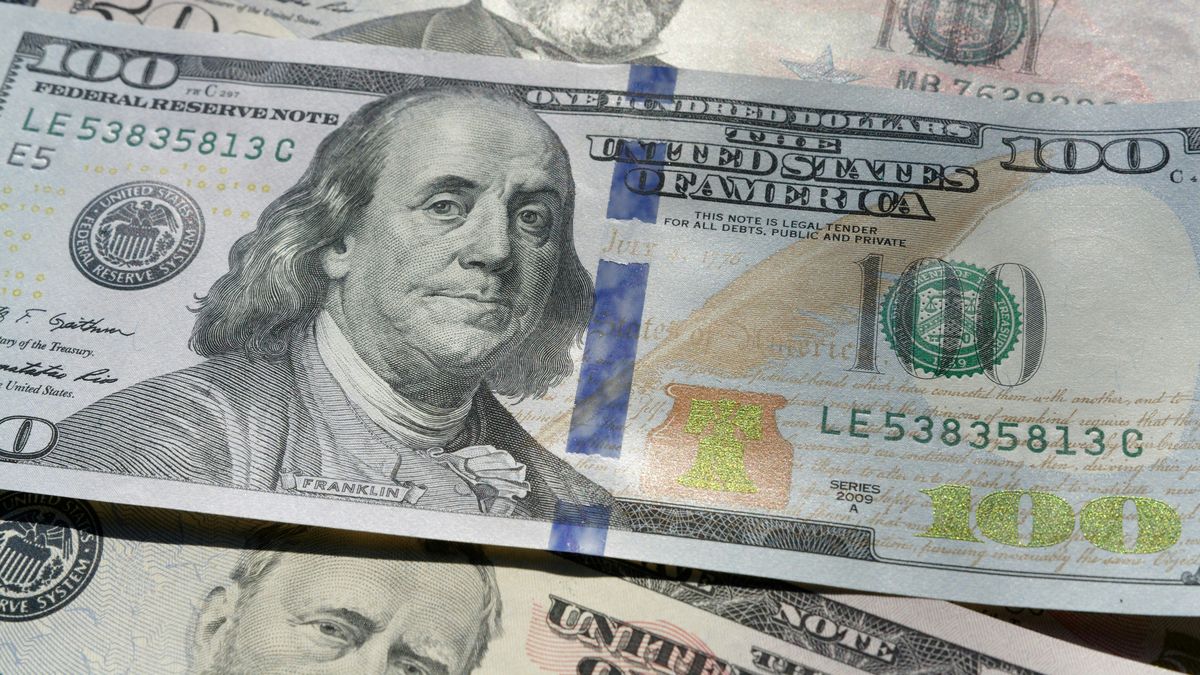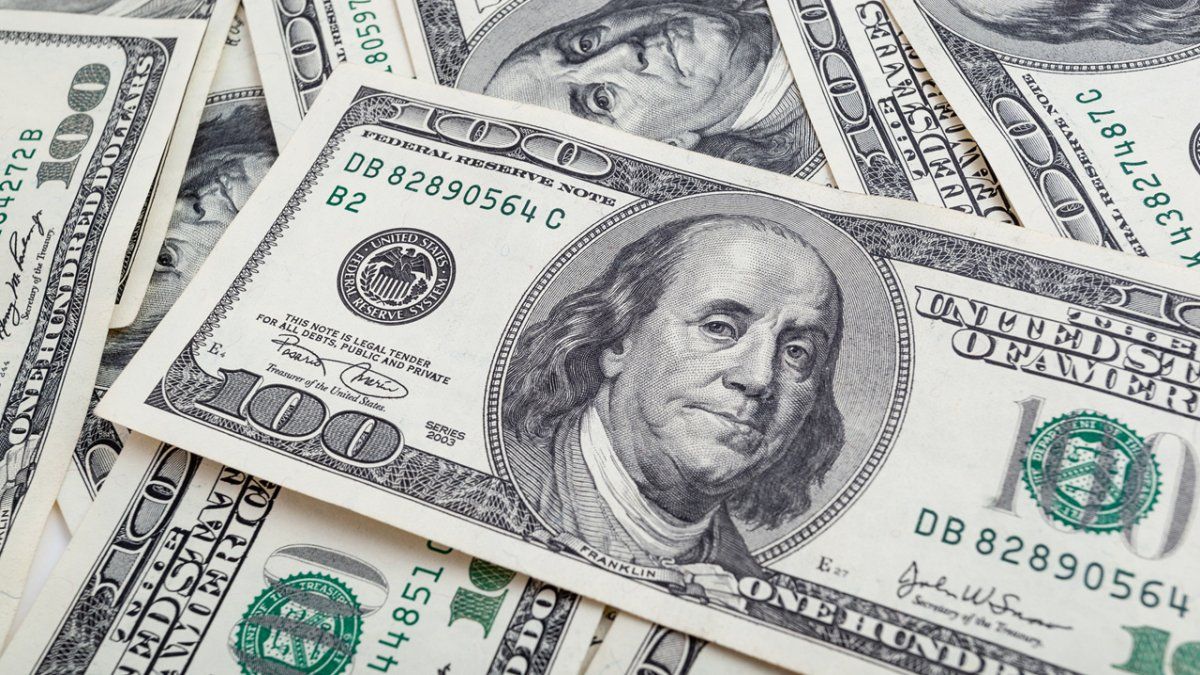Investors’ eyes are on the political crises in South Korea and France, while they wait for news from the European Central Bank.
He global dollar remained stable in the early hours of Wednesday in the midst of a complex international political scenario, marked by political crises in South Korea and France and the expectation at the local level that what will happen with interest rates in the last meeting of the year of the United States Federal Reserve (Fed).
The content you want to access is exclusive to subscribers.
He dollar fell 0.7% to 1,414 won, after rising 1.6% overnight, as South Korean lawmakers quickly ended martial law declared by that country’s president, Yoon Suk-yeol, who now faces the decision of resigning or facing impeachment. Traders said the country’s central bank may have supported the won at Wednesday’s open by selling dollars.


“In the short term, you have to think that it will be difficult for the won to perform particularly well: (There is a) terrible structural context, the domestic economy seems weak, the central bank is likely to intervene and do more (easing) than that was previously expected, and on top of that, political unrest,” he told Reuters Rob Carnell, regional research director ING for Asia-Pacific. “The fact that the dollar generally seems stronger than everything else by default (makes it) almost a perfect storm,” he added.
He dollar also rose in front of the yen, gaining 0.5% to 150.43, after media reports that raised doubts about market expectations that the Bank of Japan (BoJ) would raise interest rates this month would drive down government bond yields.
Meanwhile, the euro held steady at $1.0512 and 82.90 pence ahead of a vote by French lawmakers on no-confidence motions that are certain to topple the prime minister’s fragile coalition. Michel Barnier; which would deepen the political crisis in the euro zone’s second largest economy and could weigh even more on the common currency, which has fallen drastically since the victory of donald trump in the US presidential elections.
Euro observers are also attentive to the statements of the president of the European Central Bank (ECB), Christine Lagardelater in the day.
Pay attention to the Fed’s next moves
In U.S. developments, the greenback received some support on Tuesday after data showed U.S. job openings rose moderately in October while layoffs declined, even as U.S. officials Federal Reserve That day they did not provide definitive guidance on what they intend to do as they conclude their next monetary policy meeting in two weeks.
Traders are awaiting monthly payrolls data on Friday for more clues on the outlook for rates, while a private payrolls report due later on Wednesday will offer a preview of sorts. Market implied odds of a quarter-point rate cut on Dec. 18 stood at 75%, according to the tool FedWatch of CME.
The dollar also remains stable in Uruguay
In Uruguay, meanwhile, the dollar fell 0.02% compared to Monday and closed at 43.175 pesos, according to the price of the Central Bank (BCU), maintaining relative stability in recent days and consolidating above 43 pesos.
In this way, the US currency attenuated its upward path, which led it to rise more than 15% in eight months and accumulate an appreciation of 10.64% in the accumulated year, according to data from the Uruguayan Electronic Stock Exchange (Bevsa).
Source: Ambito
David William is a talented author who has made a name for himself in the world of writing. He is a professional author who writes on a wide range of topics, from general interest to opinion news. David is currently working as a writer at 24 hours worlds where he brings his unique perspective and in-depth research to his articles, making them both informative and engaging.




